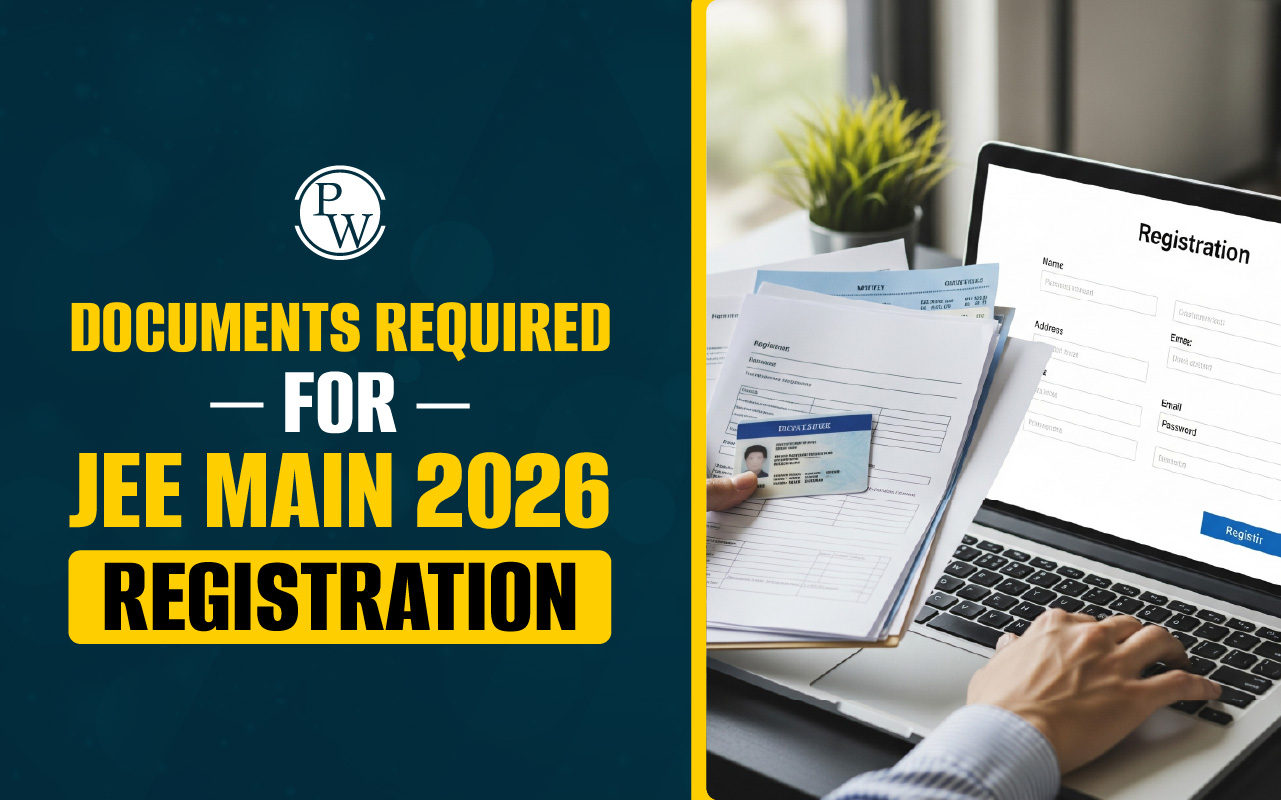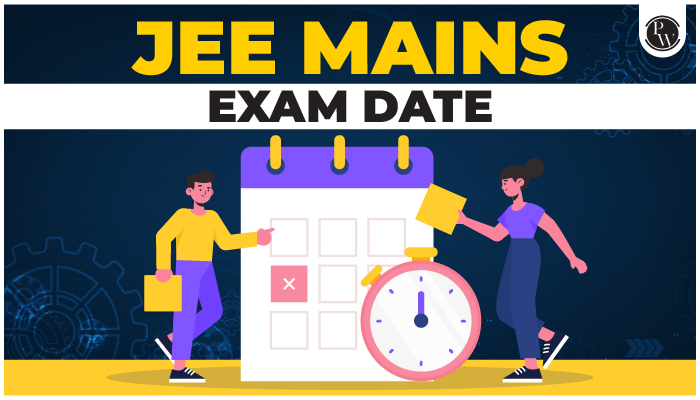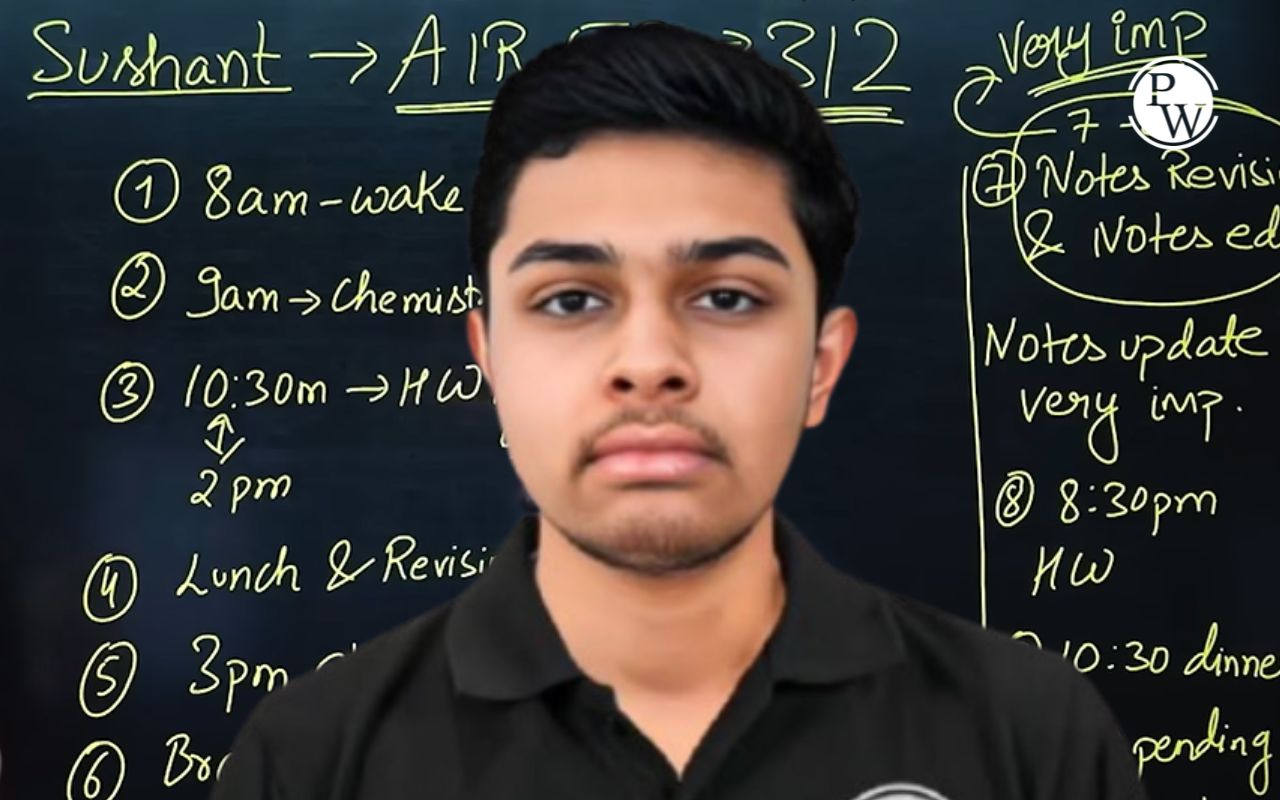

CBSE has issued the Class 12 Chemistry sample paper for the 2025–26 board exams. Students can download it from the official CBSE website. The board exams will begin on February 17, 2026, and the Chemistry paper will be held on February 27, the day after the Geography exam. The sample papers are intended to help students understand the exam format and the type of questions asked.
The Chemistry theory exam carries 70 marks and includes 33 compulsory questions with internal choices. The paper is organised into five sections:
-
Section A: 16 multiple-choice questions, 1 mark each
-
Section B: 5 short-answer questions, 2 marks each
-
Section C: 7 short-answer questions, 3 marks each
-
Section D: 2 case-based questions, 4 marks each
-
Section E: 3 long-answer questions, 5 marks each
Calculators and log tables are not permitted.
Importance of Sample Papers
CBSE has provided sample questions to help students familiarise themselves with the paper pattern, marking style, and time requirements. Solving these papers helps students recognise areas where they perform well and the topics where they need more work. Regular practice also helps reduce exam-related stress by improving speed, accuracy, and overall confidence. Weekly mock tests and consistent revision of key concepts, formulas, and definitions are recommended.
Exam Structure
The table outlines the complete structure of the Class 12 CBSE Chemistry theory exam, showing the number of questions, marks, and type of questions in each section. It highlights how marks are distributed across MCQs, short answers, case-based questions, and long answers. It also notes that all questions are compulsory and calculators or log tables are not allowed.
|
Exam Structure at a Glance |
|||||
|
Section |
Question Type |
No. of Questions |
Marks/Q |
Total Marks |
Notes |
|
A |
Multiple Choice |
16 |
1 |
16 |
Internal choice available |
|
B |
Short Answer |
5 |
2 |
10 |
Internal choice available |
|
C |
Short Answer (Extended) |
7 |
3 |
21 |
Analytical questions; internal choice |
|
D |
Case-Based |
2 |
4 |
8 |
Application-based; internal choice |
|
E |
Long Answer |
3 |
5 |
15 |
Detailed answers; internal choice |
|
Total |
– |
33 |
– |
70 |
All questions compulsory; no calculators or log tables |
CBSE Chemistry 2026: Key Preparation Tips
-
Remember the structure: 33 questions for 70 marks.
-
Focus on core topics: carbon conversions, electrochemistry, kinetics, biomolecules, and coordination compounds.
-
Use sample papers to monitor timing and practice in real-exam mode.
-
Build confidence in numerical questions from thermodynamics, solutions, and electrochemistry.
-
Revise case-based themes such as conductivity, iron fortification, and food chemistry.
-
Attempt MCQs first and save long answers for the end.
-
Avoid common errors: do not use calculators/log tables; write balanced equations clearly.









